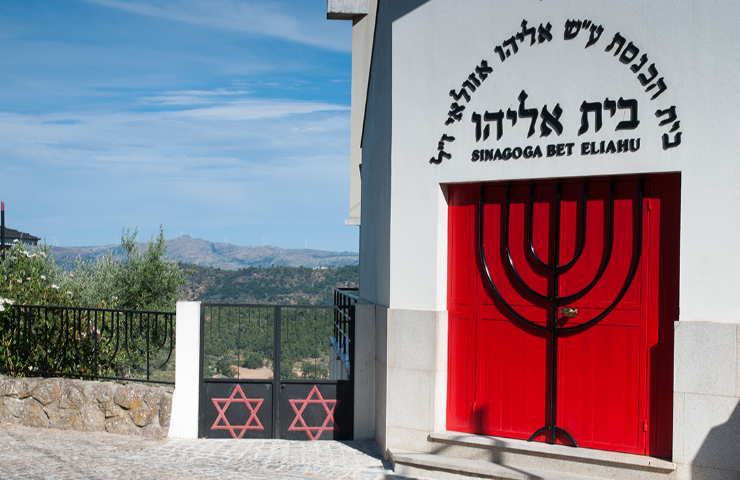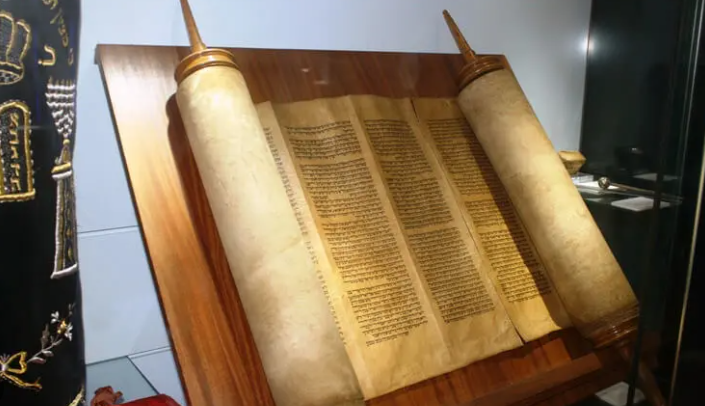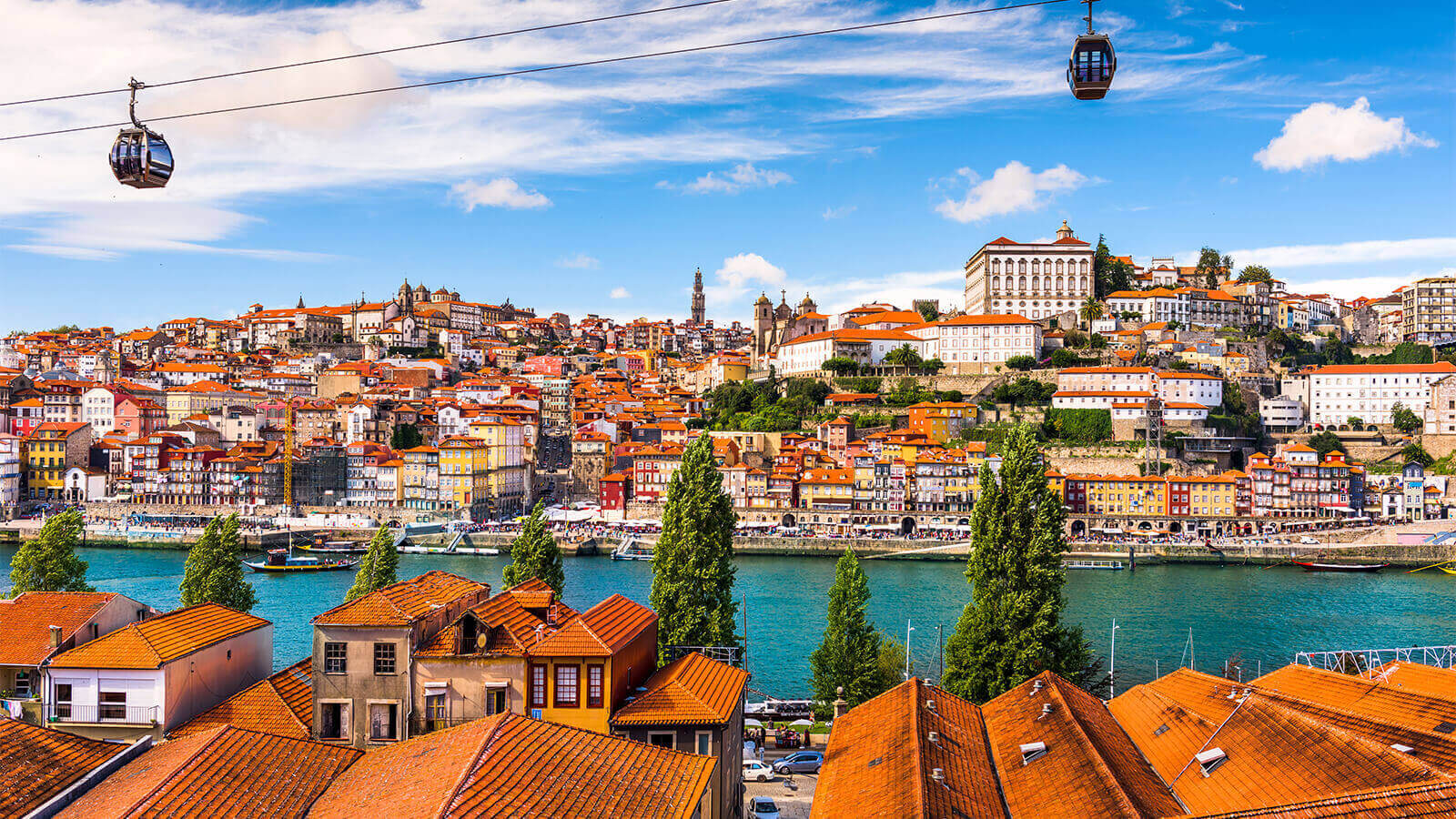
JEWISH TOURISM IN PORTUGAL
Share this news, choose your social media!
Shalom!
Are you interested in traveling to Portugal and tracking down your Jewish heritage? Nowadays, it is possible to find your lineage and uncover any buried heritage from the past. At Across Portugal you will be able not only to enjoy one of the most beautiful destinations in Europe, but also to explore through city tours, synagogues and even through kosher food how did the Jews lived and struggled through ancient times until today. In this article, get to know the main cities and towns where the Sephardic Jews lived, worked and had to deal with the Catholic Church, and how much it affected Portugal even today as a tourism destination.
Even though the lifestyle of the Sephardic Jews in the Iberian Peninsula was always made of one step further and two steps back, they were acknowledged for their background, financial talent, language skills, and cultural knowledge. Yet, Portugal is an authentic history vault where the People of the Book learned to thrive and survive from the Dark Ages to modern times. Many quarters were built by kings, Pogroms took place to convert them to New Christians, and many hidden sanctuaries impacted the cultural and religious development of Portugal.
Today, you will have the chance to embrace not only a country full of history, as well as to learn about those secret Jewish quarters, the hidden synagogues, landmarks, and houses where colorful Mezuzahs emphasized the household of a Jewish family.
PORTO
According to historians and archaeologists, Porto was one of the fewest European cities in the Middle Ages that never ran a Pogrom against the Jews, due to being a city built by and for the merchants. The first Jewish settlers arrived with the Phoenicians after the Punic Wars, and they found a small piece of land with no more than 1000 inhabitants, surrounded by a wall.
Porto was a rough city back in the early Middle Ages, narrow streets and houses, where cattle and traders shared the same urban space. The first and official Jewish quarter was located under the Cathedral, on Santana Street. No Jewish house could ever be taller than a Christian one, and they were always under the hill. Legend says the first synagogue was a simple and humble fisherman’s house, yet hard to know today exactly where it was. Aside from short-term rentals, walking now in this quaint street, you will
discover beautiful handcraft houses of embroidery and ceramics, small wine entrepreneurs with local wine shops, and a few local restaurants. Being a street of the 12th century, it is also one of the mandatory paths of the famous Camino to Santiago de Compostela, where the Catholic Church decided to pave its way through a previous Jewish area.
The second quarter is not far from the Lello & Irmão Bookstore. After admiring the famous bookstore that influenced the whole saga of Harry Potter, behind the Photography Museum, lies the Olive Field Quarter. The king decided to cast away the People of the Torah and build ghettos all over the kingdom to control and observe the Jews. A city within the city, this quarter used to hold Portuguese and Spanish Jews that fled from the horrors of the Inquisition during the 15th-century. Same as the Santana Street, the architecture is quite different from the common houses around Porto; always smaller and without tiles where you will admire a memorial plaque dedicated to the expulsion decree that took place in 1496, giving the Jews the option of either conversion or death. Two synagogues were built here; the first is in São Miguel Street where today is a daycare center, but venturing inside you will see an Aron Kodesh to store the five main scrolls of the Torah. A magnificent and breathtaking viewpoint is at the of the São Bento da Vitória Street, where you will observe the urban canopy of Gaia’s waterfront and Port Wine cellars, a picturesque view worth of a photo. The second synagogue was destroyed and rebuilt as New Christian Houses, where nowadays the only remnants from the past are the stairs leading to Stock Exchange Palace area.
Discovering these quarters, and especially the third, the Munhata quarter, not far from the Custom House, at the door, you will see holes where the Mezuzahs were removed to stay hidden and less conspicuous during the Inquisition era. Walking or strolling through these old and medieval alleys, you will learn that Porto accepted the Sephardic Jews, but the bishop always taxed and tried to convert them into New Christians. The goal was simple: bringing children from the ghettos before having their Bar Mitzvah and starting a new legacy of New Christians. However, many of them escaped, embraced Christianity, stayed hidden, or ran into the colonies, away from the Church and the king.
LISBON
After the Alhambra Decree, in 1492, massive Pogroms emerged in Spain, forcing the Jews to seek a new refuge in the neighboring kingdom – Portugal.
Nevertheless, four years later, the King Manuel I, who sought to expand his colonial empire, developed a conversion program and expelled all Jews who were against the Autos de Fé and Catholicism. In 1506, the metropolis of the Portuguese Empire witnessed a terrible tragedy. For the first time, in Lisbon, more than four thousand Jews were executed, paving the path thirty years later to the beginning of the Inquisition.
Once more without the concept of a Promised Land, the Sephardic Jews were obliged to flee to North Africa, Italy, France, and the Netherlands (including establishing new temples, such as the Portuguese Synagogue in Amsterdam). Those who remained only had two options, either accept the same fate as in Porto and embrace a new life as conversos, or maintain their secrecy as Crypto-Jews (Anussim or Marranos).
With four ancient Jewish quarters, nowadays, walking throughout the Alfama district, a few traces of Judaism can be found. Unfortunately, after the calamity of the earthquake, in 1755, that wiped out Lisbon’s old town, much of these fragments of the past were erased. This ancient quarter, holds Still, if you’d like to learn more about Jewish history in either Porto or Lisbon, you can visit the main synagogues (Kadoorie Mekor-Haim in Porto and Shaare Tivka in Lisbon), two authentic cultural museums filled with a rich history from the Diaspora to modern times.

Countryside
The Portuguese countryside delved into a different phenomenon. Take Belmonte, close to Serra da Estrela, the Sephardic Jews sought refuge from the Spanish Inquisition within this charming and secluded town. Away from peering eyes, the Jews kept their faith in secrecy, by embracing two religions at one time and living their traditional lives. Strolling throughout Belmonte’s quaint old town, venturing through its narrow streets, you will uncover the heart of Judaism, a 20th-century old synagogue remaining a true symbol of the history of the Jewish community.
Heading downwards to the Alentejo region, Castelo de Vide presents us with another town with Jewish ancestry. Not far from the Spanish border, the lifestyle of the Jews in Castelo de Vide was mostly tolerant and peaceful during the Middle Ages. They created cultural and political institutions and helped to shape the urban landscape where even today we can actually witness an old Jewish quarter with Jewish street names. The white-stoned and granite houses are truly a unique and picturesque trait of this old town, and it is nowadays one of the few towns which has an authentic Mikveh (Jewish baths), to be cleansed and purified.
Other countryside towns such as Évora, Tomar, Guarda, Trancoso, and much more are worthy of uncovering the history of the Jews, learning about the cultural customs and traditions, and most importantly tasting the local cuisine which differs from a variety of meats, vegetables, soups, and wines.
TRIVIA
- Since many Inquisitors could not read, and in order to hide themselves, a few Jews changed their family names to nature and fruit names, such as Silva, Pereira, Oliveira, Macieira. This was a way to cope with the Inquisition and avoid the Autos de Fé;
- Another strategy was to create a hidden and secret language – Ladino. This Judeo-Spanish Romance language was developed as a response to their Expulsion from Spain. Parallel to Yiddish, Ladino/ Judesmo is one of many Hebrew languages throughout the world;
- The ultimate strategy the Jewish community created was a Jewish pork sausage, which secretly was not made of pork, but of different types of bird meats. Originally, they put these sausages at the entrance of their houses and stores to hide their identity, by believing that wasn’t a Jewish house;
- Since 2015, the Portuguese Government and the Portuguese Jewish Community established a decree that allows all Sephardic Jews to live and work in Portugal as compensation or apology for the horrors of the Inquisition. After the Diaspora, the Iberian Jews always had a connection with the land, found a safe haven in both Portugal and Spain and deserve to live here peacefully.
Highlights of Portugal

Highlights of Portugal
See MoreBest of Portugal

Best of Portugal
See MoreTaste of Portugal

Taste of Portugal
See MoreAll About Portugal
